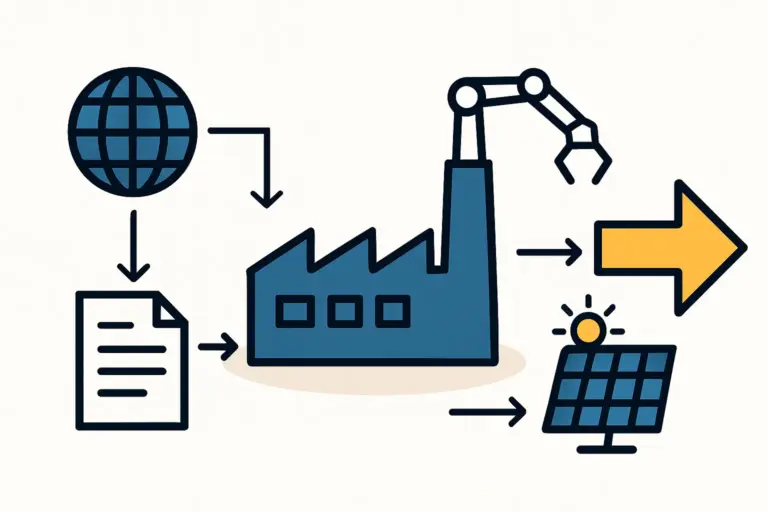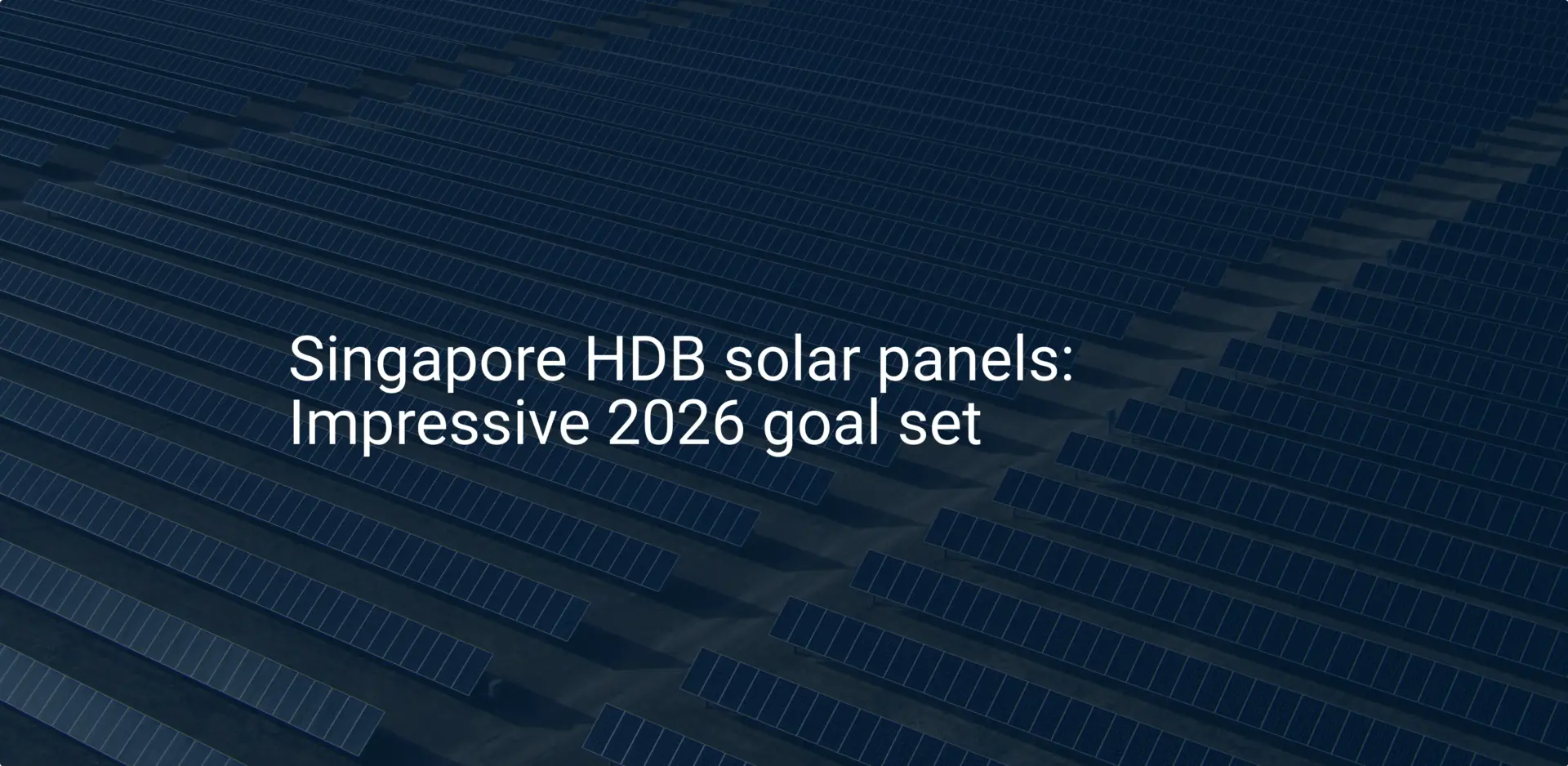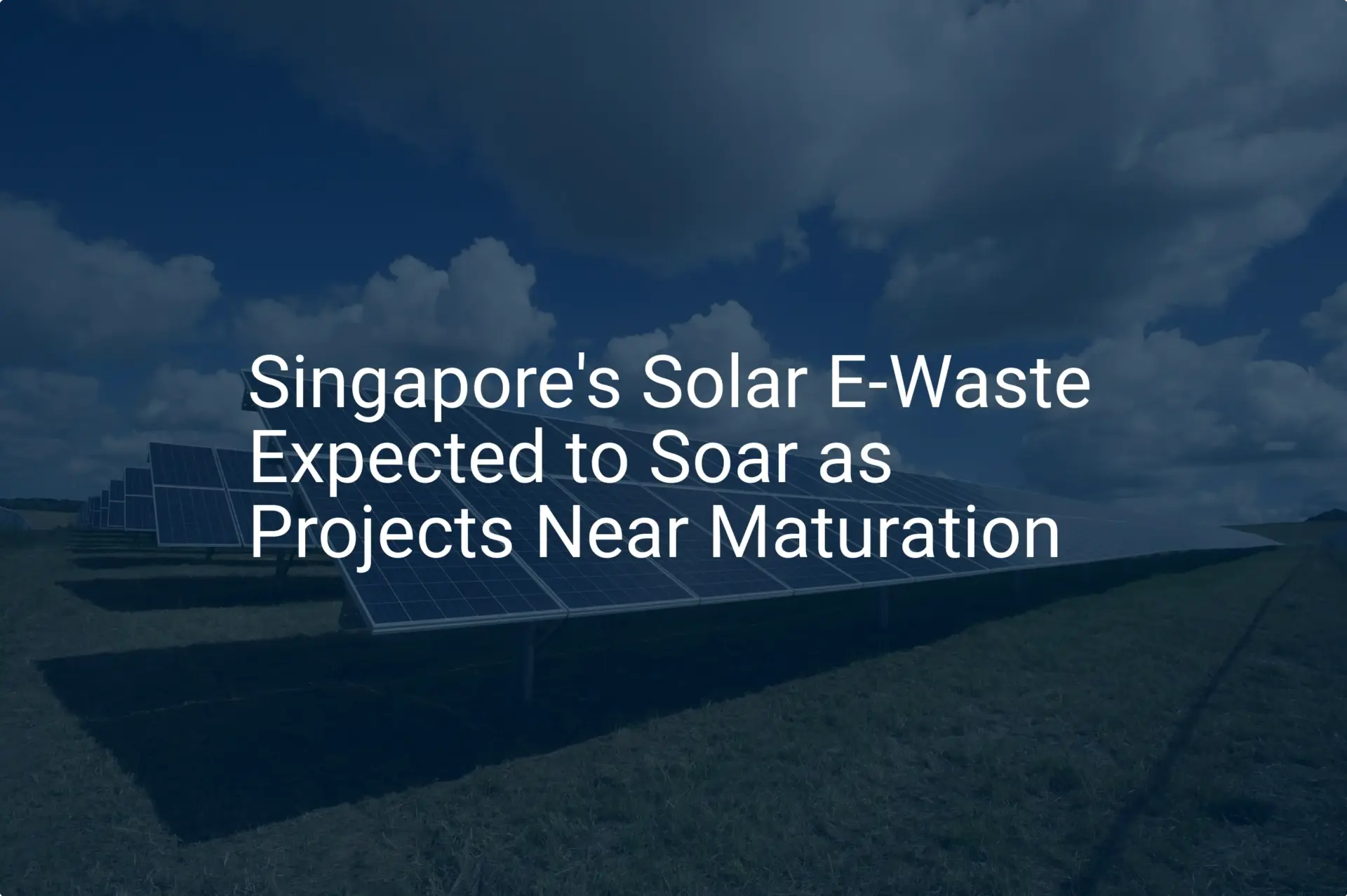For an entrepreneur entering the solar manufacturing sector, the vision is often of a sprawling factory with long, linear production lines. However, in many of the world’s most dynamic economic hubs, such as Singapore, this vision collides with a stark reality: industrial space is both limited and expensive.
Far from being a barrier, this constraint acts as a catalyst for smarter, more efficient factory design.
This article examines the principles of designing a high-output solar module production line within a compact footprint. While it uses Singapore’s advanced industrial landscape as a case study, the strategies discussed are universally applicable for any professional operating in a space-constrained or high-cost urban environment.
The Unique Challenges of Manufacturing in a Land-Scarce Economy
Understanding the local operating environment is the first step in strategic planning. In a location like Singapore, several factors converge to shape the design of a modern manufacturing facility.
The Space Constraint
Industrial land is a scarce resource. In Singapore, development is managed by institutions like the JTC Corporation, which often provides standardized factory units ranging from 1,000 to 2,500 square meters. This immediately rules out traditional, expansive layouts and forces a focus on optimizing every square meter of available space.
The Cost Factor
The premium on space is reflected in high rental and operational costs. Industrial electricity rates can also be significant (often in the S$0.25-S$0.30/kWh range), making the energy consumption of machinery a critical variable in a plant’s profitability. An inefficient layout doesn’t just waste space—it wastes capital.
The Labor Dynamic
While a skilled workforce is available, labor costs are correspondingly high. This creates a strong business case for investing in automation to increase productivity per employee, reduce the potential for human error, and maintain consistent quality standards with a leaner team.
The Market Demand
These challenges are balanced by significant opportunity. Singapore’s national goal to install at least 2 gigawatts-peak (GWp) of solar capacity by 2030, primarily on rooftops and reservoirs, creates a sustained local demand for high-efficiency solar modules. A local manufacturer is well-positioned to serve this market.
Strategic Plant Layout: Maximizing Flow in a Minimal Footprint
With limited space, the flow of materials—from raw components to finished modules—must be meticulously planned. The goal is to eliminate bottlenecks, reduce material travel distance, and create a safe, organized working environment.
For most compact factories, the U-shaped production layout is the most effective configuration. In this design, the production line starts and ends on the same side of the building. Raw materials like glass and cells are received at one end of the ‘U’, while finished modules are packaged and dispatched from the other.
This layout offers several distinct advantages:
- Simplified Logistics: It centralizes shipping and receiving operations, simplifying truck access and material handling.
- Improved Supervision: A single manager can oversee both the beginning and end of the line from a central vantage point.
- Reduced Footprint: It naturally fits within the rectangular or square footprints of standard industrial units.
Based on experience from J.v.G. Technology turnkey projects, a well-designed U-shaped line for a 50 MW capacity can fit within a 1,500 sqm factory floor, including necessary ancillary spaces for storage and quality control.

Machinery Selection: The ‘Compact and Automated’ Imperative
In a space-constrained environment, machinery selection cannot be based on throughput alone. The physical footprint and level of automation are equally critical considerations.
The Role of Automation
Automation directly addresses the challenge of high labor costs. A modern, highly automated solar module stringer machine, for example, requires fewer operators than older models while simultaneously increasing precision and speed. This reduces the number of staff needed on the production floor and minimizes the space required for manual workstations.
Integrated Line Concepts
Leading equipment suppliers now offer integrated production lines where machines are designed to work together seamlessly. This reduces the need for large buffer zones between process steps, further condensing the line’s overall length. An integrated approach ensures a smoother process flow and optimized communication between different stages of production, from cell stringing to lamination and testing.
Thinking Vertically: Unlocking Hidden Factory Space
When horizontal space is limited, the only way to expand is up. Standard industrial buildings often feature high ceilings (6–12 meters), presenting a valuable opportunity to increase usable area without increasing the factory’s footprint.
The most common strategy is to install mezzanine levels. A mezzanine is a raised platform or intermediate floor that can be constructed over areas of the production line that do not require full ceiling height, such as framing stations, final inspection, or packaging areas.
This newly created space can be used for:
- Offices and Administration: Keeping administrative functions close to the production floor without consuming valuable ground-level space.
- Component Storage: Storing lightweight materials like junction boxes, backsheets, and packaging materials.
- Utility Rooms: Housing air compressors or other ancillary equipment.
By thinking in three dimensions, a 1,500 sqm factory can effectively yield 2,000 sqm or more of usable space.

Balancing Investment with Operational Efficiency
A compact, highly automated production line often requires a higher initial capital outlay. The machinery is more advanced, and the custom layout design requires expert planning.
However, this higher upfront production line investment must be weighed against long-term operational savings. The reduction in monthly costs for rent, labor, and energy often provides a compelling return on investment, particularly in high-cost environments. Additionally, governments often provide incentives for such investments. In Singapore, for instance, agencies like the Economic Development Board (EDB) offer grants and support for companies adopting advanced, high-tech manufacturing processes.
Frequently Asked Questions (FAQ)
What is the minimum space required for a small-scale solar factory?
For a modern, semi-automated line with an annual capacity of around 50 MW, a factory area of 1,500 to 2,000 square meters is a realistic starting point. This includes space for the production line, raw material storage, finished goods, and small office facilities.
How does automation affect the number of employees needed?
A highly automated 50 MW production line can typically be operated by 25–30 employees per shift. This is a significant reduction compared to a more manual line of the same capacity, which might require 50 or more people.
Can an existing building be converted into a solar module factory?
Yes, this is a common approach. However, the building must meet key technical requirements, including sufficient floor load capacity, adequate ceiling height (ideally over 6 meters), a reliable three-phase power supply, and proper ventilation. A professional site assessment is essential before committing to a location.
Does a compact layout compromise module quality?
No. Module quality depends on machine precision, process control, material quality, and staff training—not the size of the factory. In fact, the high level of automation often found in compact lines can lead to enhanced process consistency and higher overall quality.
Conclusion: From Constraint to Competitive Advantage
Operating in a high-cost, space-constrained environment like Singapore presents clear challenges, but it also forces a focus on peak efficiency. By adopting smart layout design, selecting compact and automated machinery, and utilizing vertical space, entrepreneurs can turn these constraints into a competitive advantage.
The principles of lean, efficient factory design are not limited to specific geographies. They offer a valuable blueprint for any business professional looking to establish a modern manufacturing presence in an urban center, a special economic zone, or any location where space comes at a premium. For those looking to understand the full scope of such an endeavor, a detailed guide on starting a solar manufacturing business offers a comprehensive look at the entire journey.







